The Rubber Duck Hack You Never Knew Your Garden Needed – And Why It Will Save Your Bird Bath This Winter!
Want to stop your bird bath from freezing? Try this winter bird bath hack with a rubber duck to keep your feathered friends hydrated and happy during frost season
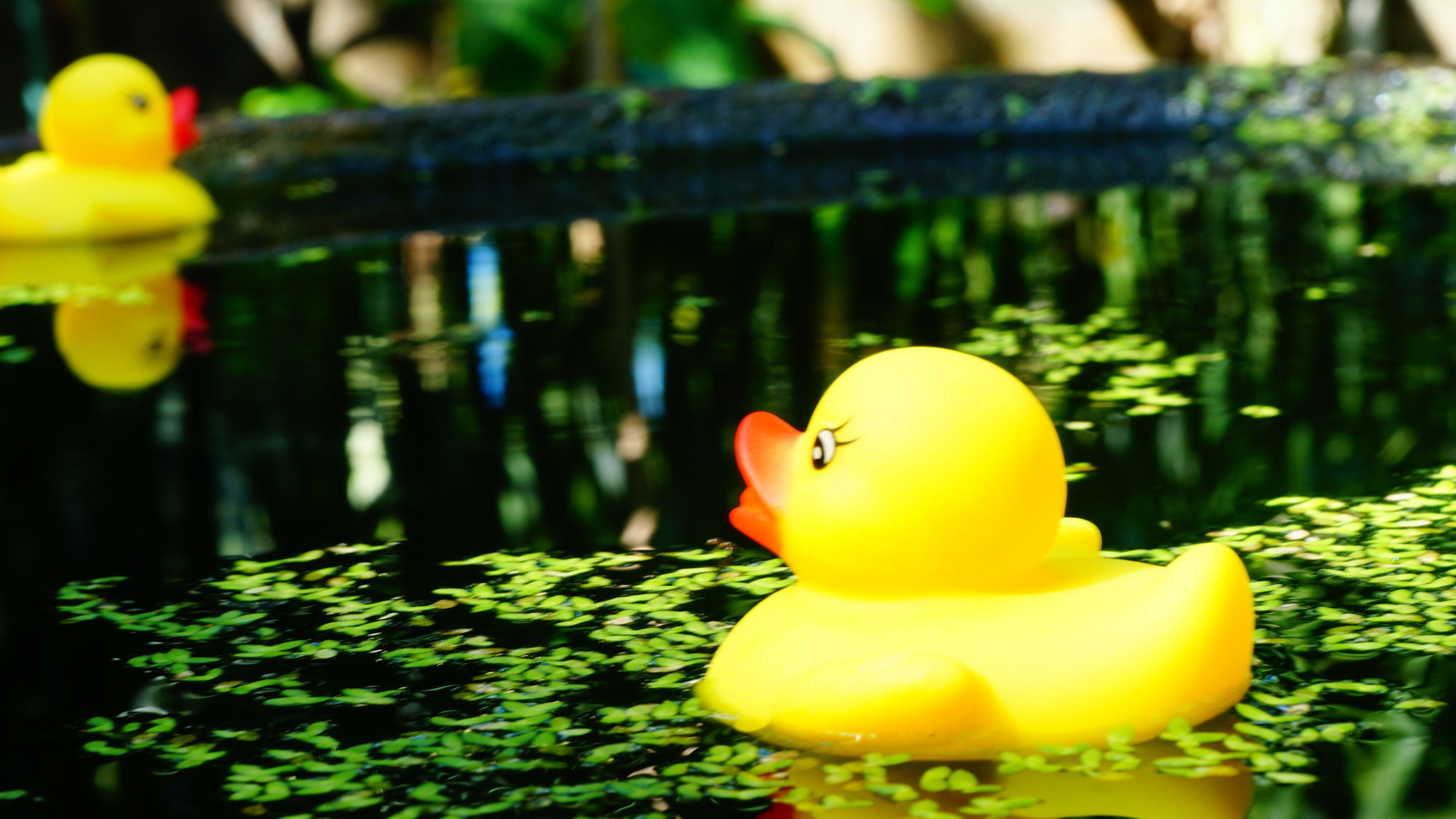

Winter garden prep is predominantly taken up with thoughts of how to protect, relocate and cover up plants – but spare a thought for your birdie friends. You might not be seeing quite the same flurry of activity around the bird bath as you did during the halcyon days of summer, but rest assured there are still feathered guests dipping in and out in search of water, particularly as other water sources may be hard to come by. Unfortunately, this time of year coincides with unpredictable weather, fluctuating between fresh and twinkly sunshine mornings to bitter buckets of autumnal rain. And while it’s vital that you protect your plants from the first fall frost, it’s equally important to prevent your bird bath freezing over.
That unassuming basin of water may seem ready for hibernation, but if you make the classic bird bath mistake of leaving it to its own devices, you’ll potentially wind up with a corrupted or cracked asset, and stressed-out, thirsty birds. Enter our rubber duck friend. And yes, it sounds too whimsical for words – but if you add one to your bird bath, you’ll be doing your feathered friends a highly beneficial service. Here’s how to protect your bird bath – and backyard birds – through the first fall frosts into the heart of winter. And all with this cracking (if not quacking) little winter bird bath hack.
What Happens With First Frost?
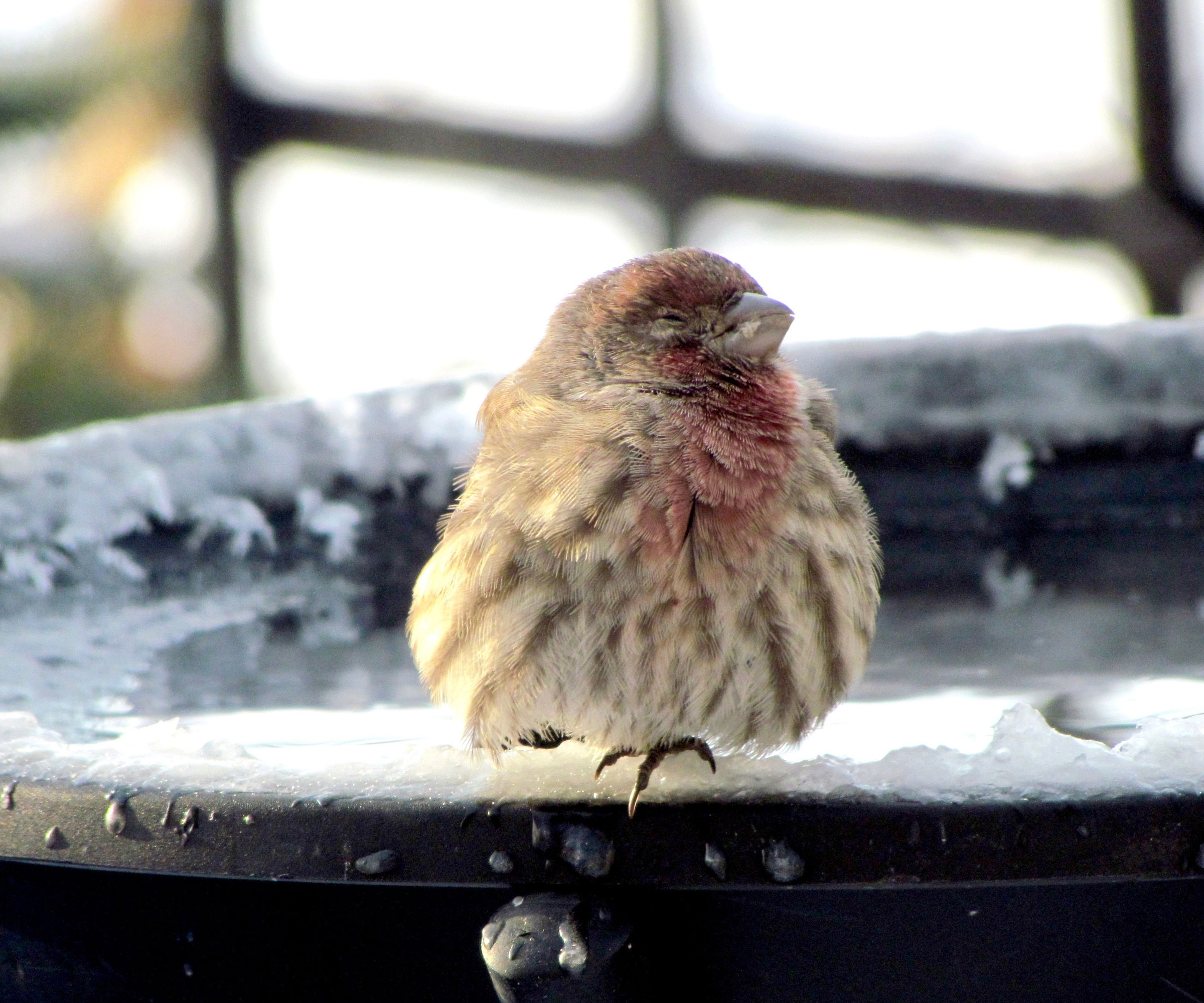
For anyone with a yen for attracting birds to the backyard, the first fall frost is bad news. Up until this point, your biggest concerns will have been keeping the bird bath regularly topped up with fresh water and kept nice and clean to protect from algae and tree debris. But a blast of frost means birds risk losing a drinking station at the precise point natural sources of water are becoming scarce (and also locked in ice). It looks fairly innocuous when the water surface freezes, but the impact on bird culture is profound. As well as hydration, birds also need this water for cleaning.
When temperatures drop towards freezing, your bird bath is also exposed to both material stress, which can cause structural issues, perishing, cracking, and so on. If the bird bath is made of a particularly vulnerable material such as ceramic or stone, there is the risk of fractures or shattering as a result of their porosity and the nature of freeze-thaw cycles (with the freezing and expansion of water). Obviously, this compromises the quality and practicality of your bird bath, and could also cause injury to your little friends.
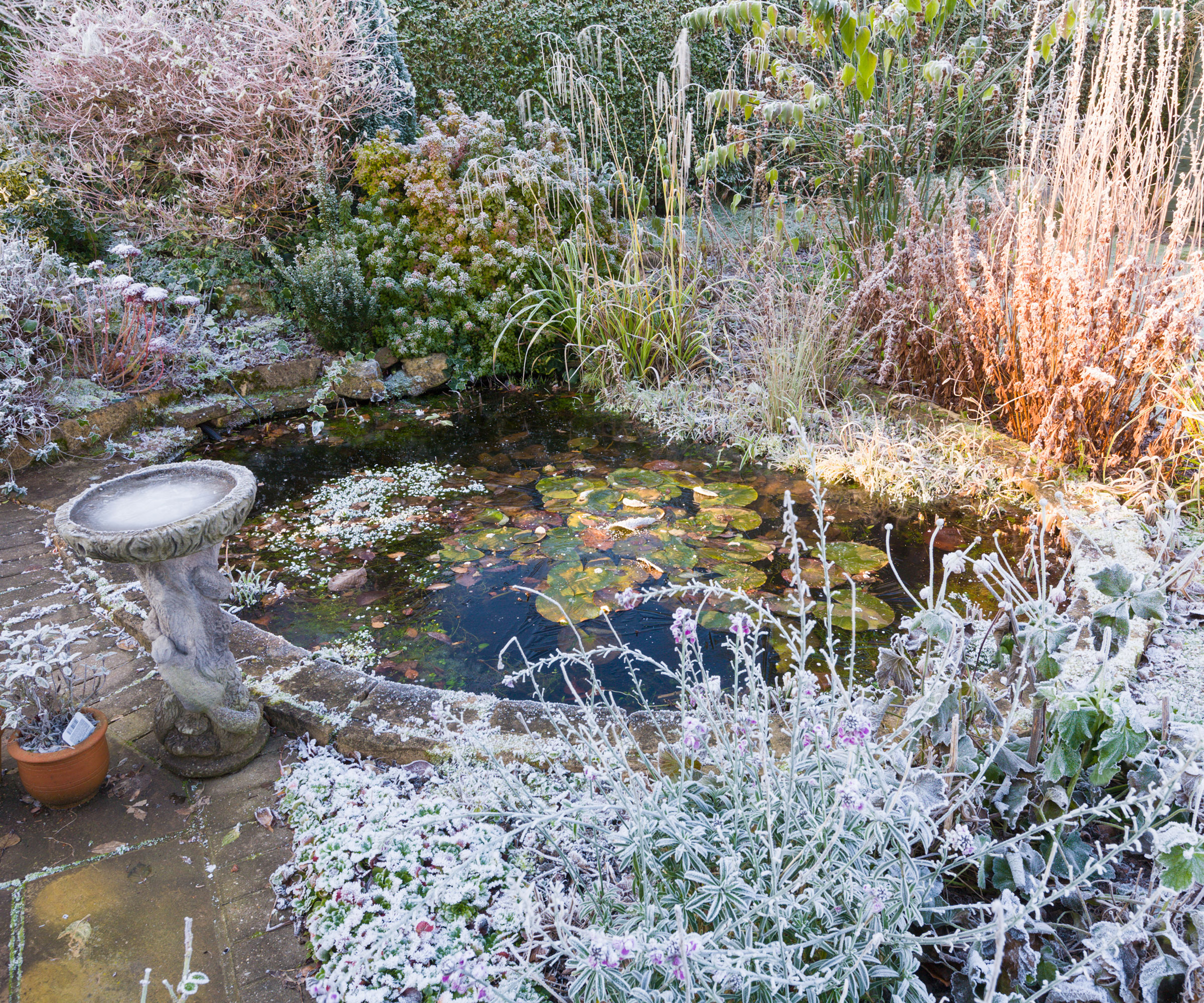
If your bird bath is made of sturdy plastic or metal, this is less of a risk – but the depth of the bath could still cause issues during bouts of frost. Shallow basins will freeze quicker, but are also quicker to thaw. Deeper baths may cause complications if the more substantial pockets of water get completely frozen. Even the location could impact the severity of any frost attacks, particularly if you have placed your bird bath in a more shady corner of your backyard.
In regions where temperatures dip below freezing on a frequent basis (32°F or 0°C), like the northern tier states and mountainous zones, bird baths are more susceptible to the ravages of frost damage. Even in moderate zones, it might only take one overnight freeze to reduce your bird basin to a frozen lump. So where you suspect frosts are going to cause havoc, it’s important to protect one of your bird’s favorite garden spots. And our rubber duck hack is simple, fun, and very effective.
So Why Use a Rubber Duck?
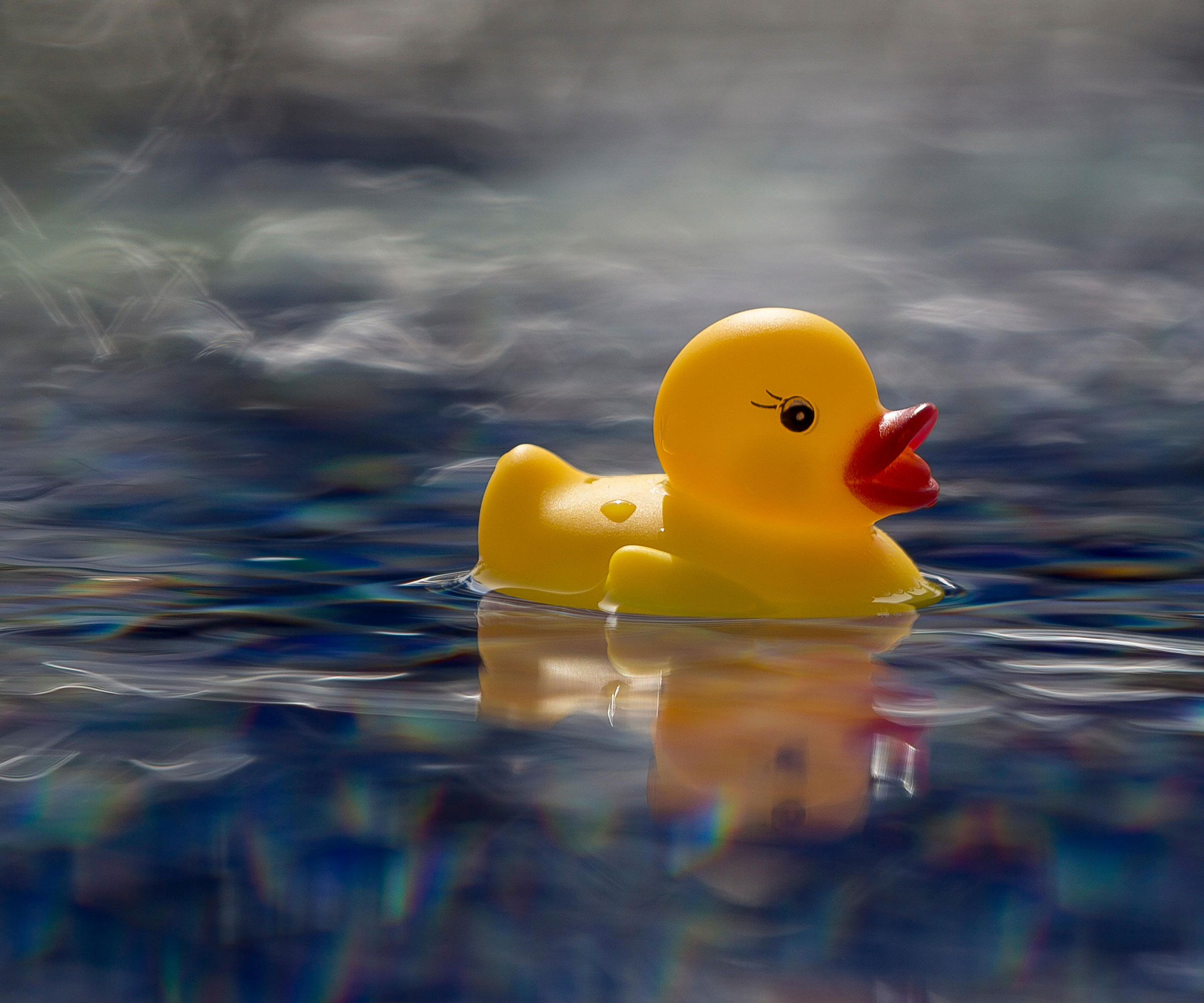
It may seem like one of the more frivolous bird bath ideas: a rubber duck as a winter lifesaver for birdie friends. But the way this humble little gizmo works, while simplistic, is very effective if you want to know how to keep a bird bath from freezing. Placing a floating object in the bird bath, you are creating a fast and fairly inexpensive ‘ice-breaker’ (if you’ll forgive the pun).
Sign up for the Gardening Know How newsletter today and receive a free copy of our e-book "How to Grow Delicious Tomatoes".
Yes, it looks pretty cute, too. But the real beauty of this sort of floating object is that it will be naturally dragged across the surface of the water, particularly as the fall winds kick in. And with that natural movement, combining the bobbing of the duck and the subsequent ripples of the water, it becomes that much harder for sheets of ice to form. And as a sweet bonus, those little movements will help to get more birds flocking to your yard, because they represent engaging signs of life.
Seeing the duckie bobbing about, you can be sure it keeps water flowing, perhaps only in tiny micro-movements, but that’s all that’s needed – it’s only when the water is completely still that ice sheets form in bird baths. It doesn’t hurt that your duckie chum looks so darn cute, of course – just seeing it each day, bobbing around in your bird bath in winter, will motivate you to keep a closer eye on the state of your bird bath water: win-win!
The size and number of ducks you use, will affect the impact on the water. If you can stretch to more than one floating duck pal, you’re increasing that natural movement. Even the size of the duck can have an effect, with bigger ducks naturally helping to influence more water motion. There is a balance to strike, though, since you don’t want to wind up cluttering the bath to the extent that it is offputting to your birds. And obviously, make sure the duck you choose has smooth edges.
Does Rubber Duck Color Matter?
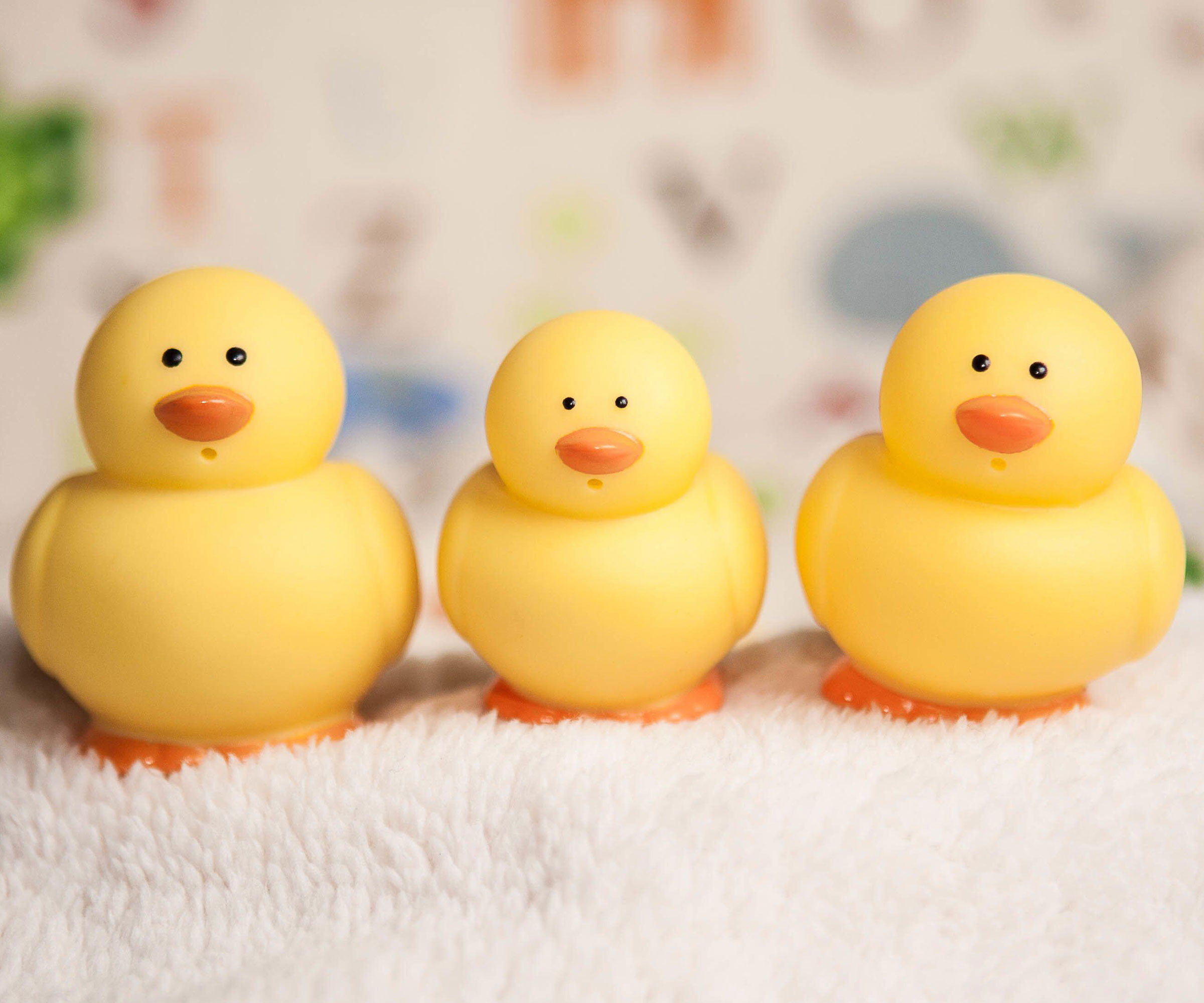
While your duck color of choice may well be something you decide purely on merits of cuteness, it’s worth giving some thought to how your garden birds will take to your jolly new arrival. Choice of color can have a part to play and is worth bearing in mind, as colors can appear brighter and more nuanced to birds. This doesn’t mean that certain colors are necessarily more alarming to birds – although key garden birds and song birds are more attracted to certain colors than others.
According to the Royal Society for the Protection of Birds (RSPB), blues and silvers have broad appeal for chickadees and bluebirds, with a natural connection to water and sky. Blues also feels good to certain species like blue jays because of plumage coloring. Meanwhile, greens create a sense of safety and comfort with finches and thrushes, evoking shrubs and trees they rest in. Oranges are appealing to orioles and warblers, due to associations with nectar-rich flowers. Try the Natural State Mallard Rubber Duckies from Amazon, which are muted but full of character.
However, that doesn’t mean that your traditional yellow rubber duckie is going to be unpopular. Again, it just depends on the birds you know your garden attracts – and the birds you hope to keep coming back. Yellow tones are appealing to goldfinches, again because of the similar plumage, but may be less sympathetic to other species. You can always alleviate a color-related calamity by choosing a softer pastel shade for your quack-tastic bird bath buddy. I love the delicately tinted Itzy Ritzy Ducky Family from Amazon, in shades of pale yellow, pale green and beige. The likes of chickadees, robins, sparrows and finches are unlikely to be greatly phased once they know the bath is safe.
The only really risky rubber duck colors are those that have a propensity to reflect light in an intense or confusing way or look really ‘loud’ in impact. Neons, metallics, bright and shiny surfaces may be less likely to be popular with your backyard birds. White may also cause issues, as this color can signal alarm for certain species. Follow these winter bird bath tips for your duckie, and your duck is sure to inspire some charming bathing companions over the late fall and winter phase.
What Other Floating Objects Can You Use?
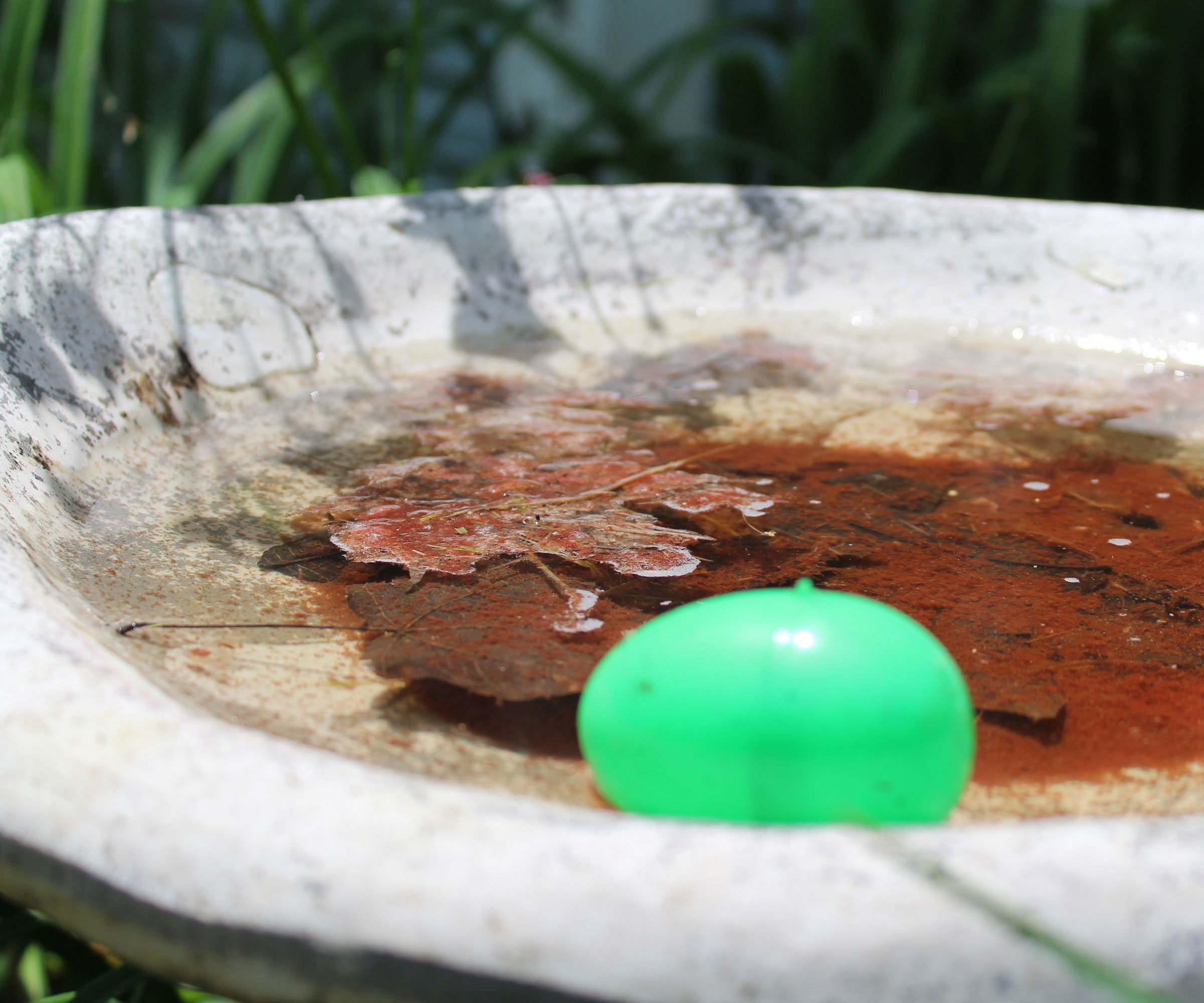
While I’m smitten with my rubber duckie bird bath winter protector, there are a few other ways to replicate the same effect in your bird bath, depending on things you might already have knocking about in the home or yard. This cute duckie trick follows the same principles as several other bird bath hacks that keep water from freezing. For instance, several gardeners swear by dropping floating objects such as ping pong or table tennis balls in their bird bath water. Similarly buoyant and responsive to winds and breezes, they are a popular option for tight budgets, and most households have a few stuffed in a garage or cupboard. Warbler and oriole lovers can pick up a packet of Zoorox Table Tennis Balls from Amazon in varied pack sizes from just a few dollars.
Other excellent household objects that can be put to good use in your bird bath to fight the freeze include wine corks (a great excuse to pull that Chateau Lafite out of your dusty wine cellar, as if you needed one!). Whatever you use, just think about the impact it will have on the surface of the water, make sure it is safe, and resist the urge to throw different shaped objects into the bird bath en masse – you may wind up creating confusion and alarm with your little friends if you take it too far.
Final Ducky Thoughts
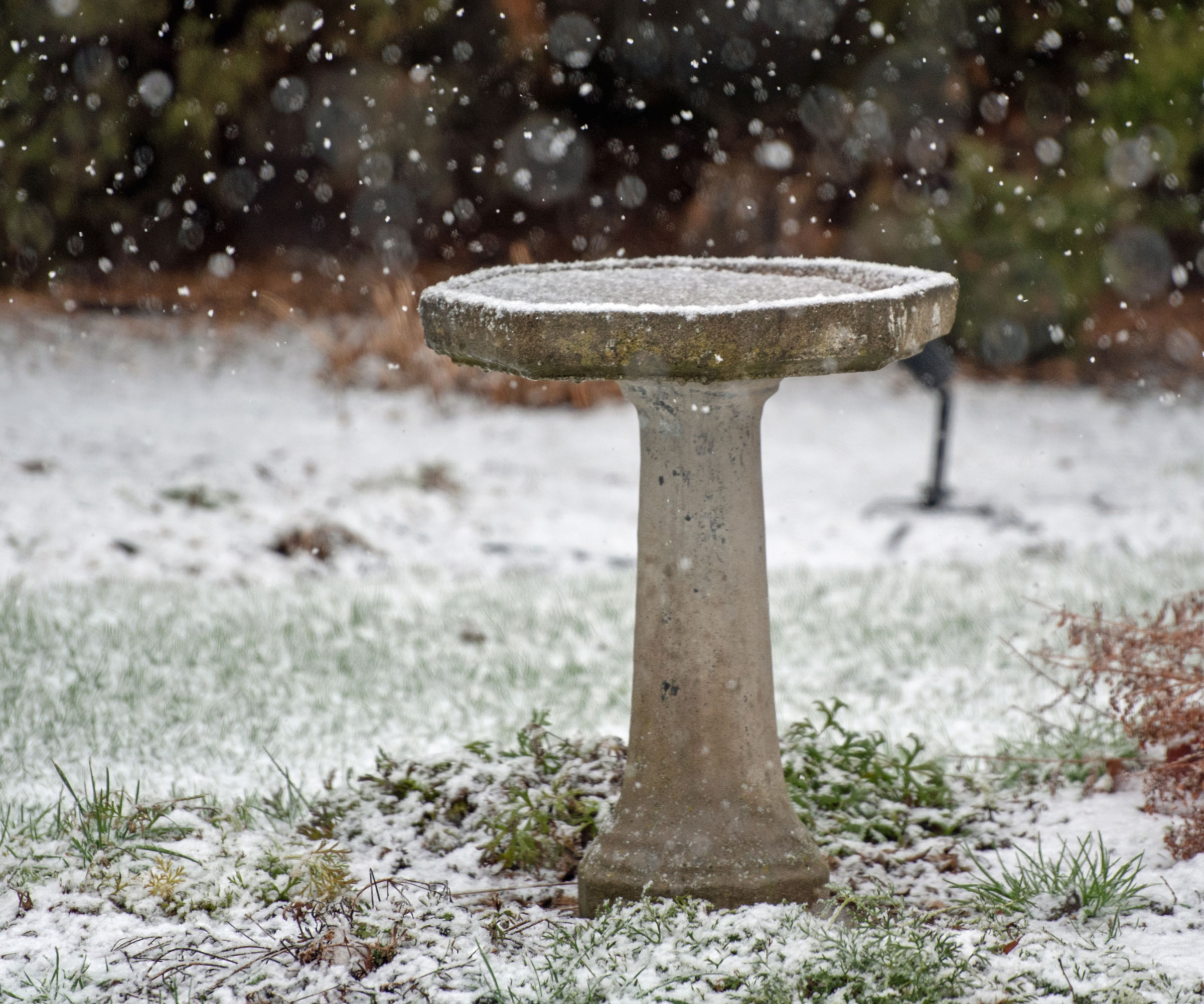
Giving your rubber duckie a winter break with a difference is a wonderful way to bolster your bird bath’s protection during the late fall freezes and frosty winter months. However, as with most hacks, I’d suggest it’s best not to rely exclusively on this one hack – and to apply a frost-proofing strategy that combines the mighty ducks with other measures, such as a reliable de-icer, heater or pump.
Check the basics such as the location of your bird bath and the freshness of the water, and make sure that whatever measures you take, the bath itself is clean, safe and easily accessible to your birdy pals. This little rubber duck hack is a cheap and cheerful way to keep on top of frost protections, as long as you don’t neglect other bird bath care essentials. Here’s hoping your winter bird watching is suitably quack-tastic…
Need more ideas for timely gardening jobs and seasonal expert advice delivered straight to your inbox? Sign up for the free Gardening Know How Newsletter!

Janey is a former assistant editor of the UK’s oldest gardening magazine, Amateur Gardening, where she worked for five years. For the last few years, she has also been writing and editing content for digital gardening brands GardeningEtc and Homes & Gardens. She’s taken part in a range of conservation and rewilding projects for the Royal Horticultural Society (RHS) and the British Trust for Conservation Volunteers (BTCV) as a way of exploring her horticultural horizons. She is currently undertaking her RHS Level 2 certificate in The Principles of Plant Growth and Development.